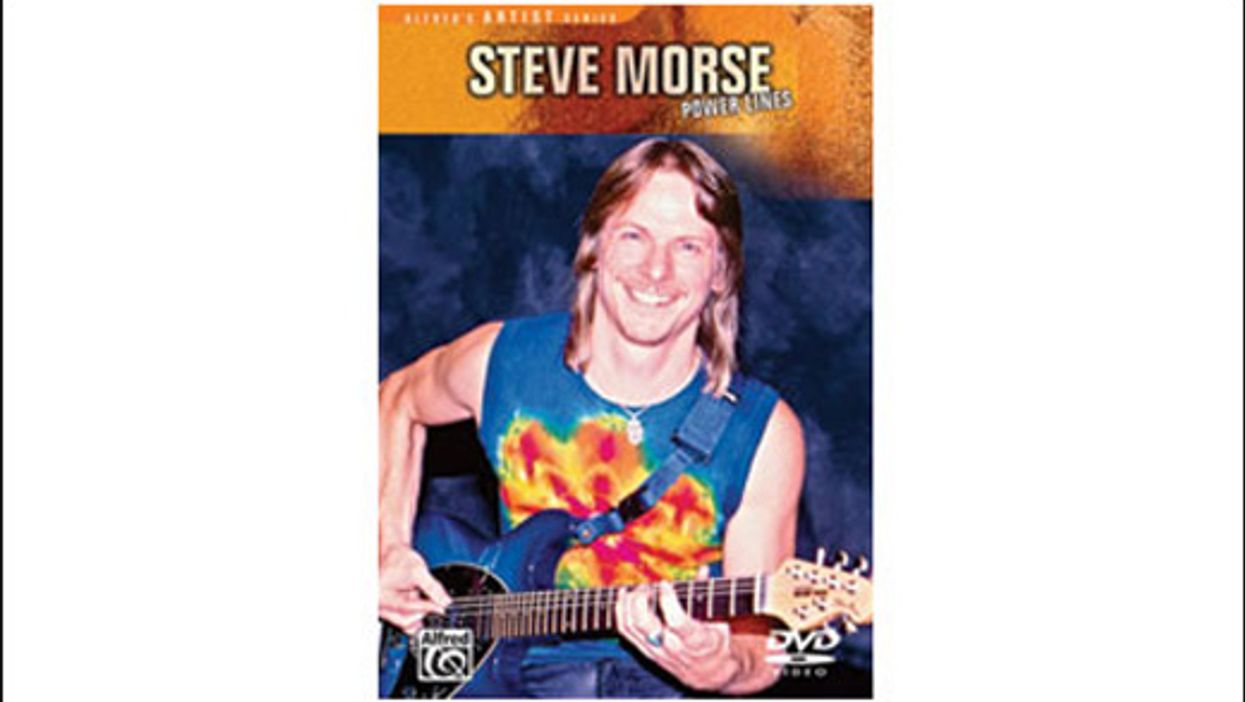Terrific questions for my YouTube Q&A series continue to pour in via my Facebook music page (facebook.com/guitarnerd). So for this month's column, I've chosen four more to answer.
Hi Pete,
I recently modded an amp to give me a “D-style" overdrive. However, the amp has no effects loop, so I can only use pedals in front of the amp. This poses a challenge, of course, because now the time-based pedals are overdriven, too! In the old days, we used to use the Echoplex in front of a Marshall, for example, and it sounded good. Is there a delay pedal or solution that you could suggest?
Thanks,
Jimmy Pringle
Thanks for your question, Jimmy. Using time-based effects in front of overdriven amps can, for sure, pose a challenge. It's basically impossible to get clean, long, delay repeats in this scenario, but slapback or short-to-medium echo with a couple of repeats is feasible. Tape delay units can work fairly well in front of dirty amps because they tend to have a very limited frequency response. Generally speaking, tape delays sound dark and warm, and they get darker sounding with each subsequent repeat. Because the tonality of the echo is murkier and darker, it doesn't overwhelm the main guitar signal.
Using a modern delay pedal with similar sonic properties to a tape echo can also work quite well. Keep in mind that the more overdriven the amp, the lower you'll have to set the mix and regeneration (feedback) controls on the delay. It's a balancing act and can be quite touchy. For instance, you might have a good balance between overdrive and delay, but find that the delay seems to disappear when you dial the amp for a little less distortion. Just be aware of this and check your settings carefully. I've found that the Lovepedal Echophonic Jr., Strymon El Capistan, Moog MF Delay, and Boss DM-2w are all excellent choices for this application.
Hi Pete,
How do you prefer your wiring in HSS Strat-style guitars? I've been thinking about doing series/parallel for the bridge humbucker, but I'm not sure how position 4 will sound. Single-coil + humbucker or single-coil + parallel humbucker?
Derek Rabbers
Thanks, Derek. I have my Suhr guitars wired with series/parallel switching for the bridge humbucker on a push/pull tone pot. I often use the bridge pickup (position 5) in parallel when I want a faux single-coil tone. The wiring on my guitars works like this: With the bridge pickup in series, position 4 gives me the middle single-coil and the bridge humbucker split to single-coil. With the bridge pickup switched in parallel, position 4 gives me the middle single-coil and the bridge in humbucking mode. I tend to prefer the latter of the two since there's more “quack." It doesn't sound totally like having a true single-coil in the bridge position, but it's close!
Hi Pete,
I'm trying to develop proper technique for tremolo picking. I think I've gotten the technique down to a certain degree, where most of the action is coming from my wrist and not my elbow. Despite this, I feel that my right hand gets fatigued fairly quickly. Any good tips for this?
Simon Yung
Thanks, Simon. I think the key with any picking technique—whether it's sweep picking, alternate picking, or any other variation—is to develop speed, control, and accuracy while maintaining fluidity and efficient motion. If you're straining at all, it's going to affect the delivery of the notes you play in a negative way. For me, the approach is to lighten up, play with less motion, and pick closer to the tip of the pick the faster I go. There are a few instructional videos I watched when I was young that helped me increase my picking speed and efficiency exponentially. Paul Gilbert's Intense Rock and Steve Morse's Power Lines were both immensely helpful. If you were to practice the exercises demonstrated in these videos a little bit each day (always using a metronome and playing cleanly), you'd see your picking chops go through the roof in a matter of months.
Hey Pete,
Love your demos, your playing, and fan support! I recently compared my ES-335 with '57 Classics to an original late-1960s 335 with patent number T-tops, and the difference was ridiculous. The original was not as fat and more single-coil-ish. Since you have the real deal and your 1963 ES-335 always sounds awesome, which pickups or mods would you recommend?
Julian Hubert
T-tops were usually quite low in output and (as far as I know) always used alnico 5 magnets. The '57 Classics are really cool pickups, but they feature alnico 2 magnets and the coils are not mismatched. Many things affect pickup tone, but generally speaking, alnico 2 magnets impart a warmer, darker tone, and alnico 5s impart a brighter tone. Also, many of the old Gibson T-tops will have a few more turns of wire on one coil or the other which can tend to open up the tone a bit and create a sound more akin to a single-coil. I'd look for a set of low-output PAF-style pickups with slightly mismatched coils. There's a multitude of great options on the market, but I'm of course partial to my signature-model Suhr Thornbucker!
Thanks for all the great questions. Until next month, I wish you good tone!




















